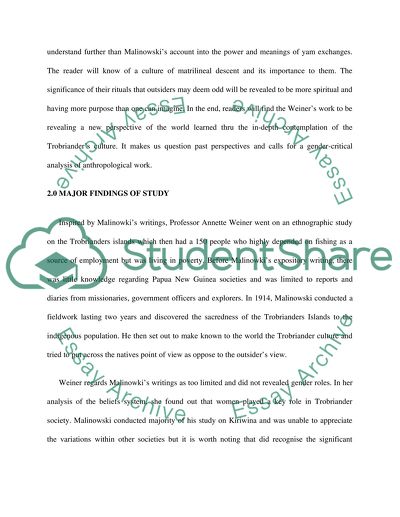Cite this document
(“The Trobrianders of Papua New Guinea Book Report/Review - 1”, n.d.)
Retrieved from https://studentshare.org/miscellaneous/1530810-the-trobrianders-of-papua-new-guinea
Retrieved from https://studentshare.org/miscellaneous/1530810-the-trobrianders-of-papua-new-guinea
(The Trobrianders of Papua New Guinea Book Report/Review - 1)
https://studentshare.org/miscellaneous/1530810-the-trobrianders-of-papua-new-guinea.
https://studentshare.org/miscellaneous/1530810-the-trobrianders-of-papua-new-guinea.
“The Trobrianders of Papua New Guinea Book Report/Review - 1”, n.d. https://studentshare.org/miscellaneous/1530810-the-trobrianders-of-papua-new-guinea.


